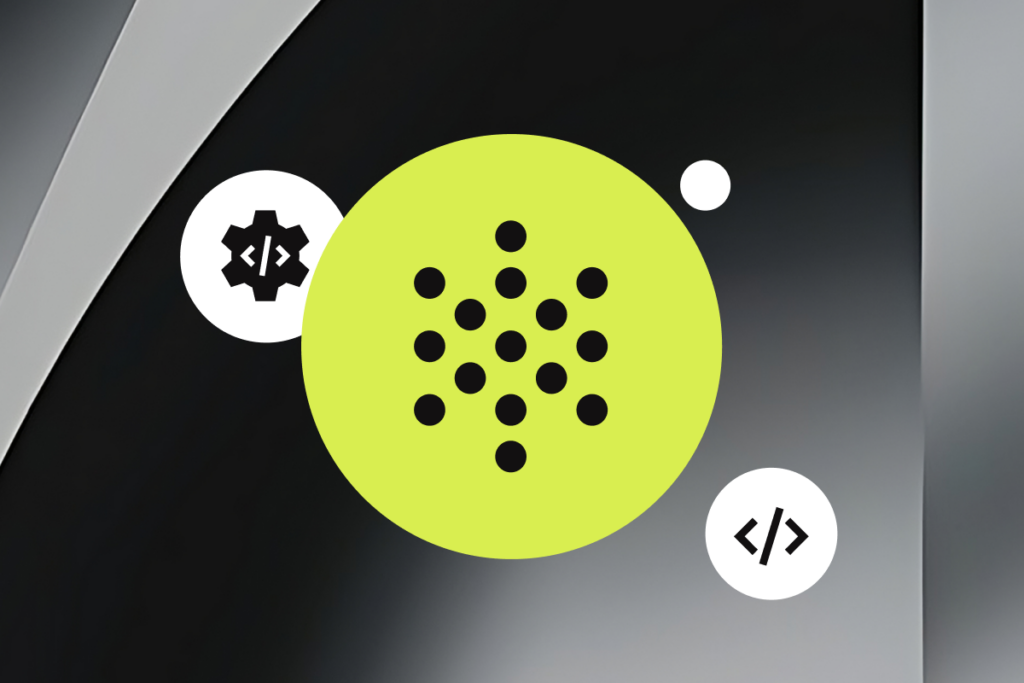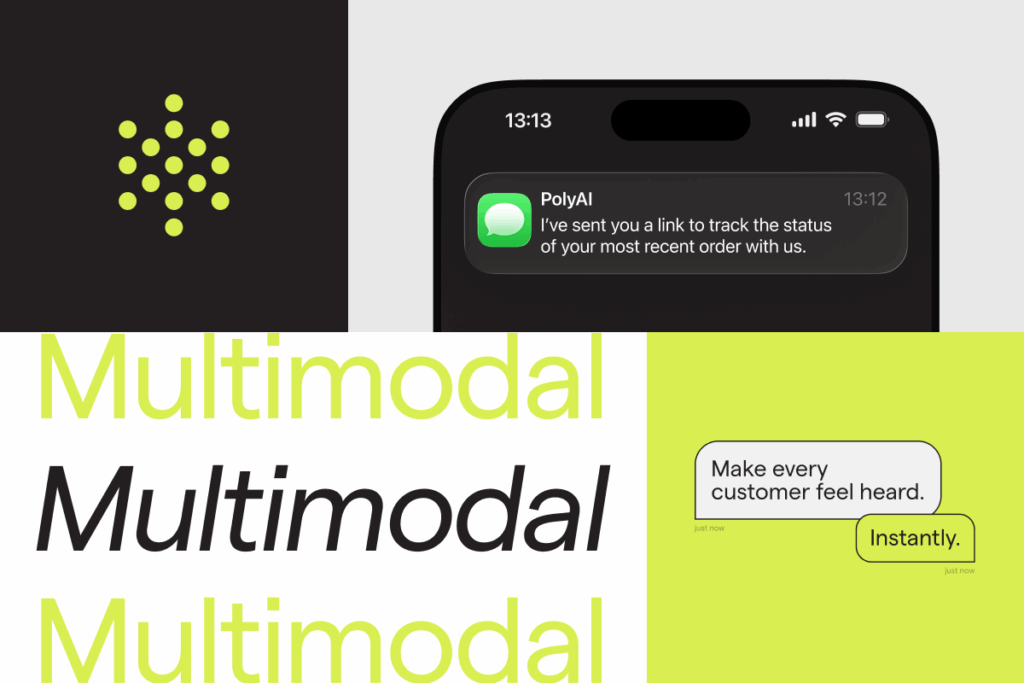At PolyAI VOX 2023, Paul Pugal, the Managing Director of Customer Experience for FedEx, UK, and Ireland, sat down with PolyAI’s Brad Stein to share his approach to CX, customer service, and his journey deploying a PolyAI voice assistant.
In part two of this interview, Paul shares the unique challenges of scaling a voice assistant across multiple languages and geographies and how he overcame these challenges to deploy the world’s first enterprise voice assistant that speaks over 10 languages.
On managing stakeholders across different regions
“We have four big regions within the organization, including our home region in the US,” says Paul. “Within each region, we have projects committed to trying new things, and as an organization, we make sure to share all of those best practices with our regional colleagues.”
Staying innovative in such a large company can be a challenge, but developing a culture of experimentation really helps to keep things moving.
“We have a mantra: If you’re going to fail, then fail fast,” says Paul. “If you’re not failing, you’re probably not trying enough!”
In 2012, FedEx introduced the Quality Driven Management (QDM) Cup to recognize teams focussing on improving quality across the organization. Through this initiative, Paul was able to share the results he had achieved with PolyAI in a project with Her Majesty’s Passport Office (HMPO) with colleagues around the world.
“We were able to demonstrate not only what we’ve done but also how we did it and how quickly we did it. That led to a snowball effect in terms of people beginning to see what was possible.”
Paul admits that some of his colleagues were skeptical, not believing that the calls Paul played them were real.
“You have to get them to try it,” Paul says. “Having senior vice presidents personally experience the technology by calling in as customers proved to be a highly effective internal marketing strategy.”
On managing expectations
“First and foremost, effective testing is crucial, not just technologically, but from a customer perspective,” says Paul. “We have quality analysts on our team here at FedEx who rate our agents. They rated the PolyAI voice assistant in the same way they would rate a live agent. This enabled us to tune the voice assistant to meet our brand expectations.
“But as soon as you go live with customers, they don’t do what you ask them to do. They do whatever they want to do. You have a lot more randomness coming into the equation. At that point, you have to be brave. You have to stand by your convictions. You’ve done all the testing, and now you need some volume.”
PolyAI offers a period of hypercare in the weeks following deployment. This is where engineers and dialogue designers monitor calls to ensure peak performance.
“One thing that I’ve learned is that hypercare during the initial two weeks of implementation is critical,” says Paul. “You will learn so much in that time. Things that our agents face on a daily basis become very transparent very quickly, allowing us to make changes quickly.
“The one thing I would never do differently again is put the volume in, be brave, and then crawl all over it for a couple of weeks, after which things will settle down. If it doesn’t work? Then stop it, fix it, and start again. That’s not a problem, it’s just something you have to do.”
On agents and voice assistants working together
“We made sure that our agents knew that the voice assistant was there to take away the simple transactions,” says Paul.
“These are the calls that get in the way of our agents, and automating them frees our people up for the complex calls. Our agents see the value of that because they’ve experienced it. We haven’t said that to them. We’ve shown it to them. And then they take it into the next market. Our agents talk to each other, word of mouth travels quickly, and our agents have become advocates for the voice assistant.
“Having the agents in different markets get involved, roll their sleeves up, and try to break it has shown them the value, which they’ve shared with the colleagues in other centers. That’s helped with the acceptance among our teams and therefore helped us to deploy successfully.”
Stay tuned for part three of the interview, where Paul shares some of the most interesting insights from the voice assistant and how his team is able to leverage these insights to drive quality improvements across the company.




